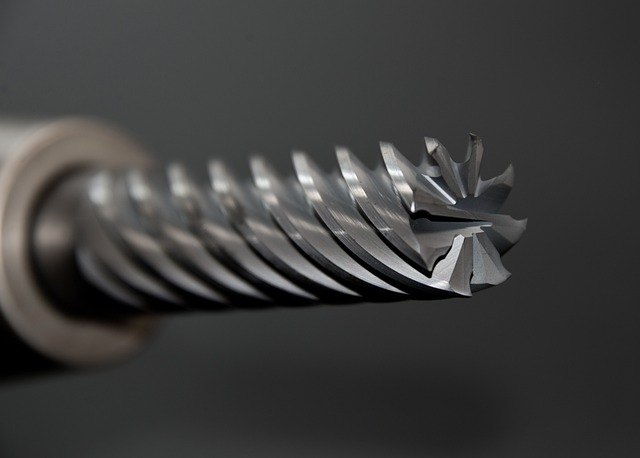In software development, building complex applications often involves managing state and passing data between components. Maintaining a clear and efficient data flow becomes crucial as applications grow in size and complexity. Props drilling is one technique that achieves this.
This blog post will explore its use, and how it can benefit your application development process.
Props drilling is a pattern in React, a popular JavaScript library for building user interfaces, where data is passed down from parent components to child components through props. It involves passing data through multiple intermediate components that do not actually use the data themselves but serve as a conduit for passing it to the target component.
Props Drilling In React
To understand props drilling better, let’s consider a scenario. Imagine a React application with a parent component that renders several child components. The parent component has access to some data, but one of the child components, located deep in the component tree, needs to access that data.
In a simple application, you might be tempted to pass the data directly from the parent component to the target child component through props. However, this approach can become unwieldy as the application grows.
Here is where props drilling comes in. Instead of directly passing the data from the parent to the target child component, all the intermediate components in the hierarchy between the parent and the target child pass the data.
These intermediate components serve as props conduits, simply forwarding the data from their own props to their children’s props. This way, the data flow from the parent to the target child without explicitly passing it through each component.
One might wonder why props drilling is necessary when you can pass the data directly to the target child component. The answer lies in maintainability and reusability.
As an application grows, components become more complex, and the number of components needing access to certain data increases. You establish a clear data flow using props drilling for better codebase maintenance.
An Example
Let’s illustrate the benefits with an example. Imagine you have a shopping cart application with multiple components: App, ShoppingCart, CartItems, and CartItem. The App component holds the cart data, and you want to display the items in the CartItem component.
Instead of passing the cart data directly from App to CartItem, you can use props drilling to pass the cart data through the intermediate components (ShoppingCart and CartItems) without them actually needing to consume the data.
Why Use Props Drilling?
By employing props drilling, your code becomes more maintainable and scalable. If, in the future, you need to add another component that requires access to the cart data, you can easily pass it through the existing chain of components without modifying the parent component or any unrelated components. This pattern allows for a cleaner separation of concerns and reduces the likelihood of introducing bugs when modifying the data flow.
In addition to the maintainability benefits, props drilling also promotes reusability. Since the intermediate components do not consume the data, they can be reused in other parts or even in different applications without tightly coupling them to specific data requirements. This increases code reusability and improves development efficiency.
Why Not Use Props Drilling?
Despite its advantages, it’s important to note that props drilling can have drawbacks in certain situations. One potential issue is that the chain of intermediate components can become long and convoluted as the application grows, making the code harder to understand and maintain.
Techniques, like React context or state management libraries, mitigate this problem. These provide alternative ways to share data across components. See my other articles on state management for more information:
Also, check out the React docs site for an interesting challenge here
Conclusion
In conclusion, props drilling is a technique used in React to pass data from a parent component to a target child component through a chain of intermediate components. It promotes maintainability and reusability by establishing a clear data flow and separating concerns.
By employing this technique, you can build scalable and modular applications that are easier to understand, maintain, and extend. However, it’s important to strike a balance and consider alternative solutions when the data flow becomes overly complex.

